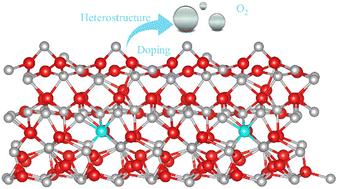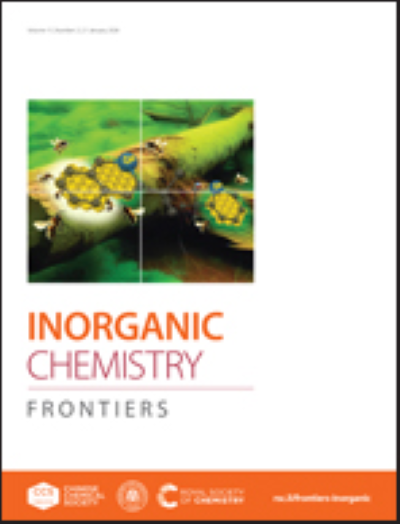Fe-doped Ni3S2/NiS heterojunction with improved electrocatalytic activity and stability for the alkaline oxygen evolution reaction
IF 6.1
1区 化学
Q1 CHEMISTRY, INORGANIC & NUCLEAR
引用次数: 0
Abstract
During the oxygen evolution reaction (OER), Ni-based sulfide catalysts undergo dynamic restructuring under high current operating conditions, which can have a detrimental impact on their activity and stability. In this study, we have developed an Fe-doped Ni3S2/NiS heterojunction catalyst (Fe-Ni3S2/NiS) for the OER that exhibits exceptional durability and activity. The catalyst has demonstrated the ability to operate continuously for 72 h at current densities of 500 and 1000 mA cm−2 without performance degradation in an alkaline electrolyte environment. This catalyst requires an overpotential of only 247 mV to drive the OER at 100 mA cm−2. Experimental results suggest that the doped Fe acts as a sacrificial agent in the OER process, facilitating electron transfer, maintaining the high activity of Ni, and protecting the Ni–S bond from degradation. Theoretical computations further indicate that the doped Fe reduces the OER energy barrier and enhances the intrinsic conductivity of the material, thereby improving catalytic efficiency.

求助全文
约1分钟内获得全文
求助全文
来源期刊

Inorganic Chemistry Frontiers
CHEMISTRY, INORGANIC & NUCLEAR-
CiteScore
10.40
自引率
7.10%
发文量
587
审稿时长
1.2 months
期刊介绍:
The international, high quality journal for interdisciplinary research between inorganic chemistry and related subjects
 求助内容:
求助内容: 应助结果提醒方式:
应助结果提醒方式:


